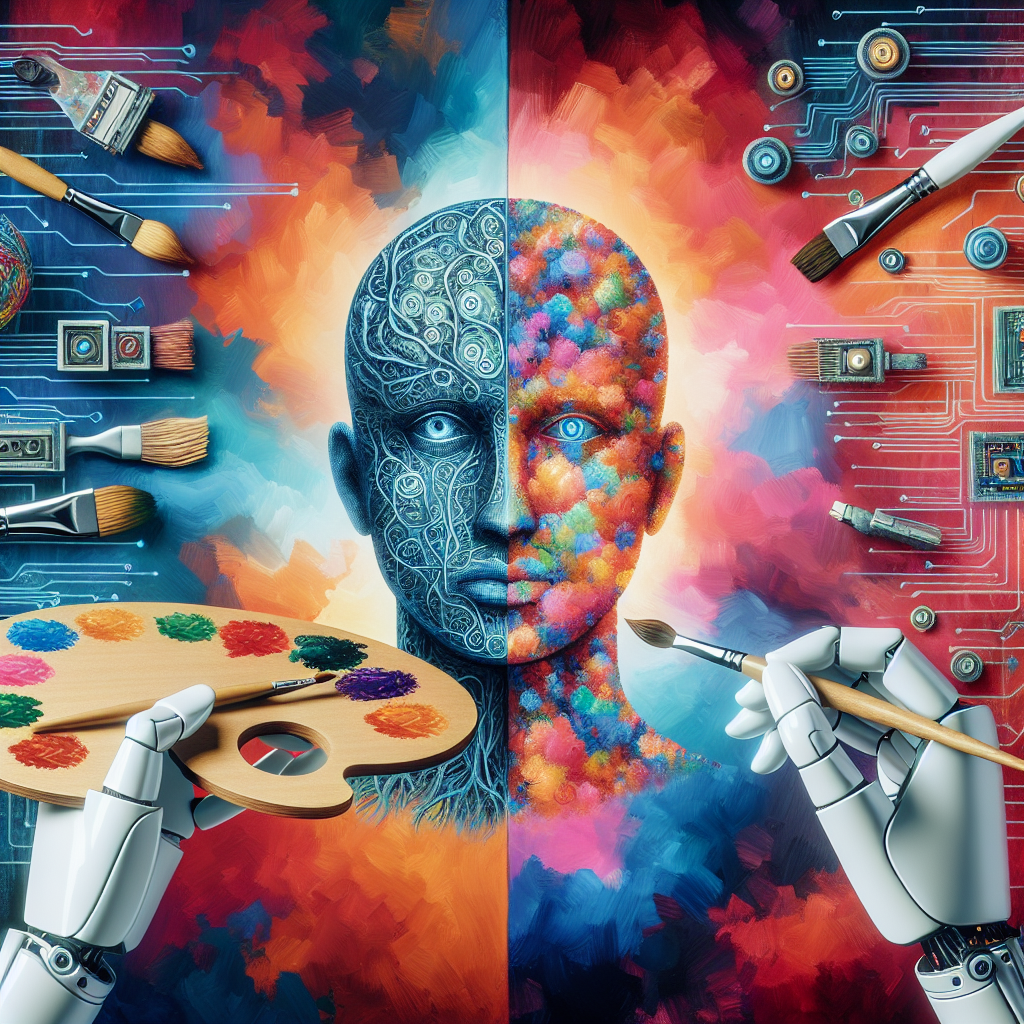Your cart is currently empty!
The Future of Art: A Look at AI’s Impact on the Industry

Art has always been a reflection of the human experience. From cave paintings to modern masterpieces, artists have used their creativity and skill to capture emotions, tell stories, and provoke thought. However, as technology continues to advance at a rapid pace, the art world is also evolving. One of the most significant changes on the horizon is the increasing use of artificial intelligence (AI) in creating and experiencing art.
AI has already made its mark in various industries, from healthcare to finance. In the art world, AI is being used to create new forms of art, enhance traditional artistic techniques, and even help artists reach new audiences.
One of the most prominent examples of AI’s impact on art is the use of generative adversarial networks (GANs) to create unique pieces of art. GANs are a type of AI algorithm that can generate new images by learning from existing ones. Artists and programmers are using GANs to create everything from abstract paintings to realistic portraits. These AI-generated artworks challenge traditional notions of authorship and creativity, blurring the lines between man and machine.
AI is also being used to enhance traditional artistic techniques. For example, artists can use AI algorithms to analyze their work and receive feedback on composition, color choice, and other elements. This allows artists to experiment with new ideas and techniques, pushing the boundaries of what is possible in art.
Additionally, AI is changing the way art is experienced by audiences. Virtual reality (VR) and augmented reality (AR) technologies are being used to create immersive art experiences that go beyond the limitations of physical galleries. Viewers can now explore digital art installations, interact with AI-generated characters, and even create their own art in virtual worlds.
While AI’s impact on the art world is undeniable, it also raises important questions about the future of creativity and artistic expression. Will AI eventually replace human artists altogether, or will it simply provide new tools for artists to use in their work? How will AI-generated art be valued and authenticated in a world where authenticity is everything?
Despite these uncertainties, one thing is clear: AI is here to stay in the art world. As technology continues to advance, artists and audiences alike will need to adapt to these changes and embrace the opportunities that AI presents. The future of art is bound to be a fascinating blend of human creativity and artificial intelligence, pushing the boundaries of what is possible in the world of art.

Leave a Reply